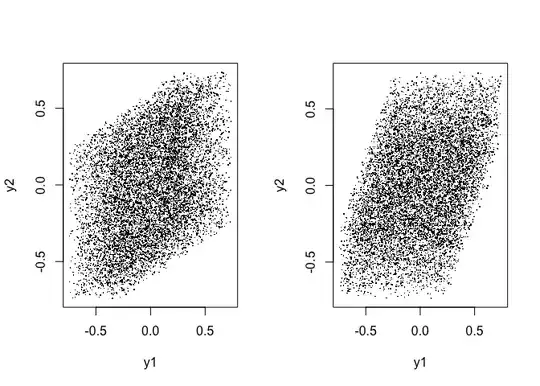There are many ARMA(p,q) processes, with different parameter values, associated with the same auto-correlation function. If this processes are also Gaussian, this implies they follow same exact distribution.
So, for a set of data points, there are usually multiple parameter values associated with the same (maximum) likelihood. Only one of this processes is also invertible, we choose that particular estimate restricting the parameter space to that of invertible processes (making the model identifiable).
If the processes are not Gaussian, it is still true that there are multiple processes with different parameters all having the same auto-correlation function, but, I don't think this implies they follow the same distribution as before.
So, for a set of data points, I wouldn't expect to have multiple points in the parameter space with the same maximum likelihood. Is this correct?
Restricting the parameter space was useful with Gaussian processes since it was a way of choosing the invertible representation of the process among all those having the same maximum likelihood. Now, with non-Gaussian processes, the possibly unique maximum likelihood estimate could be an invertible process or not. If it isn't, we can't actually choose an invertible representation with the same maximum likelihood.
In this case, is it a problem to have a process that isn't invertible?
